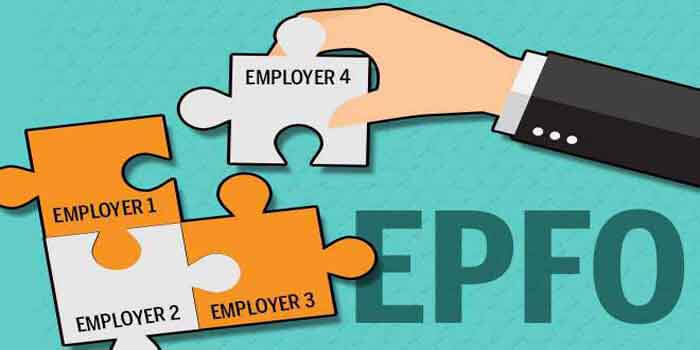Money cannot buy happiness, but it can help secure your post-retirement life. To achieve the same, you need to have a proper savings scheme in place. Employee Provident Fund, started by the Government of India in 1952, helps an employee to save a certain amount of the salary every month for lump sum returns at the end of the month.
The combined employees provident fund contribution of an employee and employer can be redeemed at the end of the former’s career. It attracts tax concessions and helps build a suitable retiral lifestyle. The amount to be deducted is pre-determined, which is beneficial for an employee.
Benefits to this Investment –
- Accumulation of Savings – EPF in India helps an employee to increase his/her savings balance. The burden of keeping aside a small part of your salary is taken care of with the help of this investment.
- Tax Exemption – Your contribution to the fund is tax deductible under Section 80C of the Income Tax Act, 1961. The amount received after the mandatory period of 5 years is exempt from any tax bracket.
- Interest on Savings – An employee can earn interest on the outstanding balance of his/her PF account. The Government of India regualtes the interest rate in consultation with the central board of trustees, currently standing at 8.5%.
Although Employee’s Provident Fund acts as a support during a financial restraint, it is design for assist at all situations. Easy and quick access to short-term loans is vital to meet immediate and sudden requirements such as medical emergencies. Financial institutions, like Bajaj Finserv offer Persoanl Loans with easy EMIs and flexible tenors.
Transferring your EPF balance
Previously, while shifting to a new organisation, a worker had to create a new provident fund account, wait for the transfer of the existing balance and then start a fresh process of deducting monthly salary. However, the EPFO has migrated to a more streamlined and efficient process instead. Know all about Employee Provident Fund and go forward with a balance transfer as per these following steps.
-
Creating a UAN Number –
An employee should generate his/her UAN number from the Employee Provident Fund Organisation (EPFO) portal. A unique 12-digit code give to every employee at the start of his career. The task of bringing all provident fund numbers, under one umbrella, is perform by this number. With the help of an OTP to be receive on your register mobile number, you can activate your individual UAN number.
Know here more about disney hub login
-
Link Aadhaar card –
For smooth retrieval of your PF balance, you should link your Aadhaar card with the UAN number. It assists at the time of an emergency withdrawal from your Employee Provident Fund. Also you can find your Aadhaar card status by name after you linked your Adhara card.
-
Obtaining your PF Number/Member ID –
At the time of joining a new organisation, your new employer will take essential details from you like UAN number, PAN and a letter from your previous employer stating that you have been relieved off your duties. The concerned employer generates a new member ID/provident fund number after submitting the details on the EPFO portal.
-
Submitting Form 11 (F-11) –
You can extract your balance at the time of shifting to a new organisation. This form contains details regarding your previous employment and your UAN number. It is a beneficial process in the documentation of your fund history.
-
Deposit of New PF Balance –
When the application is approve, your old fund balance is transfer to a new ID and the recent employer can deposit a part of your salary in the current account.
Employee Provident Fund is an asset which grows in value throughout your career. Try not to redeem it prematurely, which entails tax burdens. The interest earned is for your future benefit and not a profit for your investment. It is not a tool to maximize or minimize your profits or losses. It is a secure medium which would benefit you and your family members at the time of your retirement.
